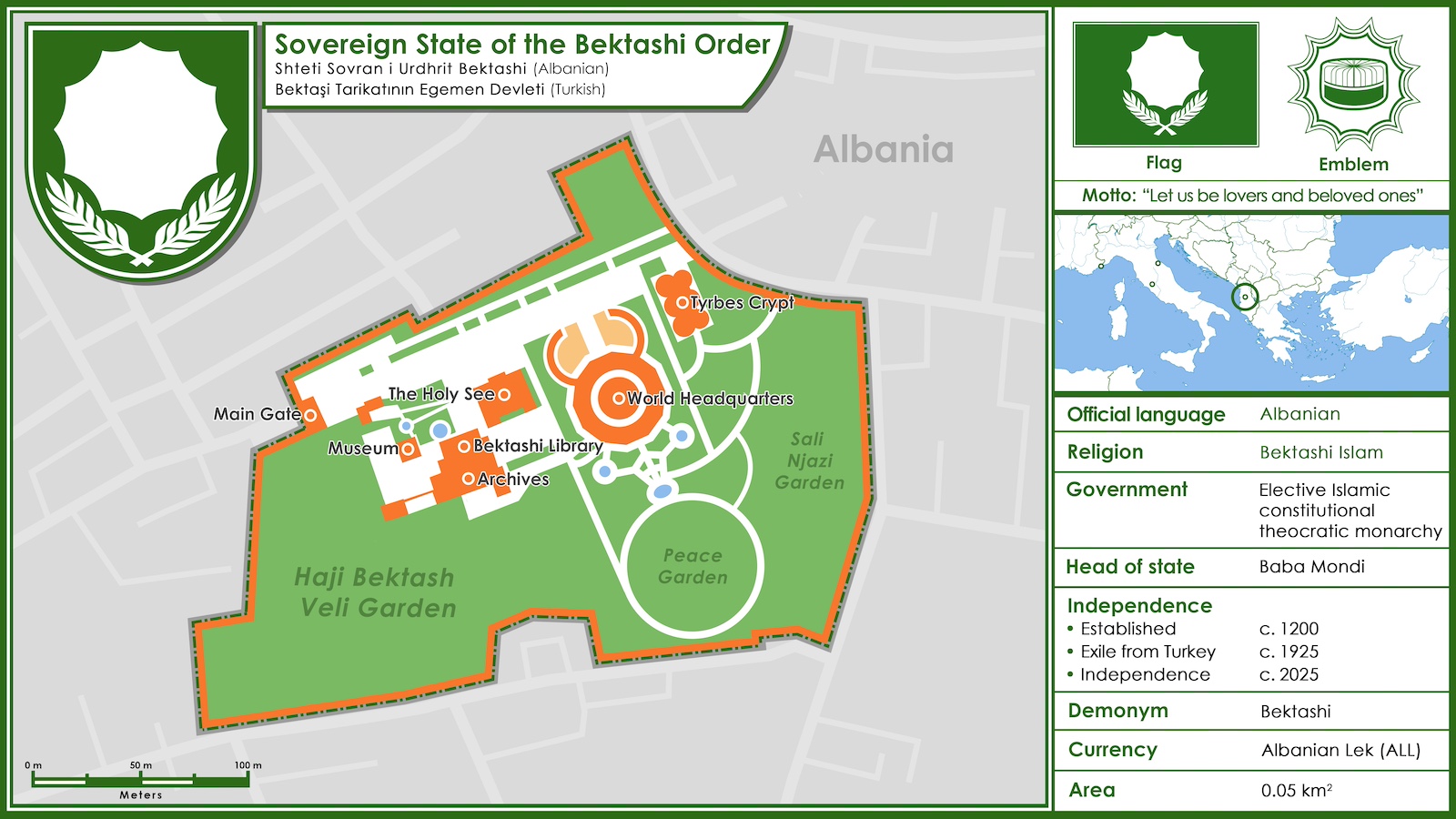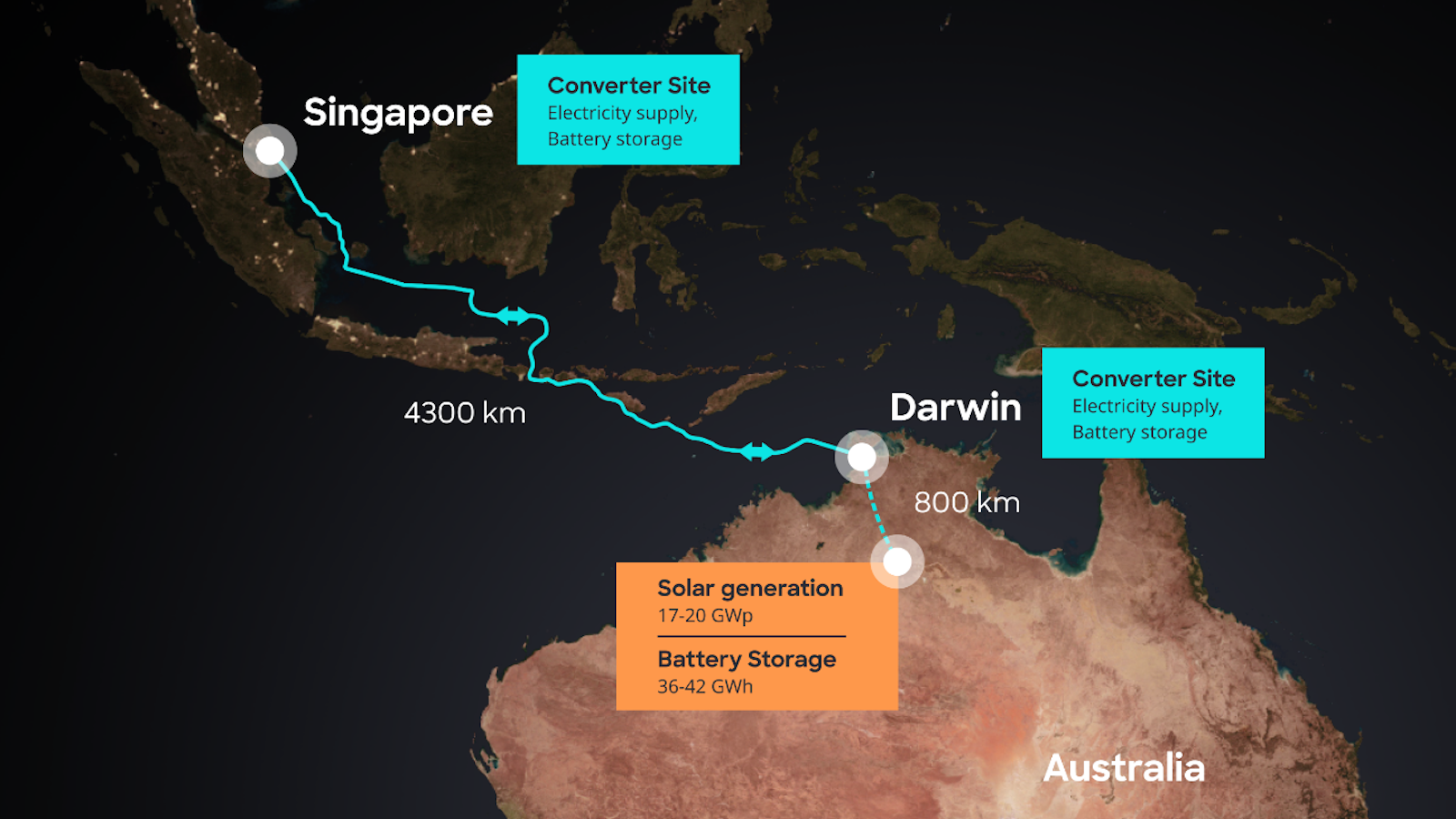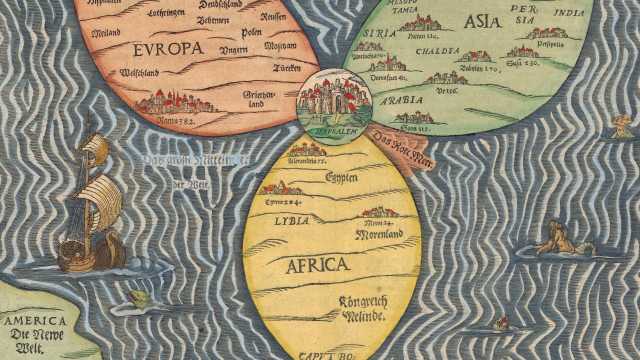96 – A Cartogram of the World’s Population

This map is part of a series of cartograms in which the actual geography is distorted in order to demonstrate information about the countries shown. In this case, the point made is that of population, with each country’s size ‘weighted’ to reflect the size of its population. The discrepancies between your average standard world map and this one are obvious – obviousness being a good indicator of how good a map is.
For example: on a normal world map, Australia (7,7 million sq. km) would dwarf Indonesia (1,9 million sq. km). Yet the opposite happens here. Oz might be big, but it’s a Big Empty, holding no more than 20,5 million people (2006 est.) Meanwhile, the emerald archipelago to Australia’s Near North is teeming with 223 million people (2005 est.), enough to fill eleven Australias. That imbalance is reflected well in this map. Australia almost drowns in the ocean, just like that other sparsely populated ‘western’ outpost in the far east, New Zealand.
A similar reversal of roles exists between Russia (17 million sq. km, 142 million inhabitants) and China (9,6 million sq. km, 1,3 billion inhabitants). The population map reduces Russia to a thin sliver of land, insignificant compared to the giant that is China, which dwarfs just about any country far or close by, except India. Together, these two Asian countries account for fully one third of the world’s population. Incidentally, the number of Indians is slated to surpass China’s population later this century.
The map similarly illustrates Canada’s relationship with its ‘bigger’ neighbour to the south. Elsewhere, regional dominances become more apparent also. Ethiopia, currently actively supporting one side in the Somali civil war (if one can call it that) dominates eastern Africa, Nigeria is by far the larger country of western Africa – in fact, the largest of all of Africa, larger than Sudan, which is huge and empty. The preliminary results of last year’s Nigerian census seem to indicate a population of about 140 million people, indeed surpassing by far Africa’s second most populous nation, Egypt.
This map also allows for quick ‘guesstimates’ of which countries have an equally large population. The matches can be instructive and surprising. France and Egypt seem about the same size, as are Germany and Ethiopia. Ireland is more or less the same size as Haiti.
Several visitors to this blog pointed me to this series of ‘distorted’ maps, which are the result of a collaboration between the universities of Sheffield (UK) and Michigan (US) and can be seen on this page of the Daily Mail newspaper, under the heading ‘How the world really shapes up’. Other map distortions reflect:
alcohol consumption (Western Europeans drink a third more than average, but Ugandans are the world champions);
HIV prevalence (Africa is oversized in this map);
house prices (Europe, and especially Britain are oversized);
military spending (the US takes up 45% of the ‘land mass’ in this map);
war deaths (DR Congo accounts for 27%);
toy imports (US at one, followed by Britain and Europe);
and toy exports (with a huge Hong Kong attached to a giant China).






